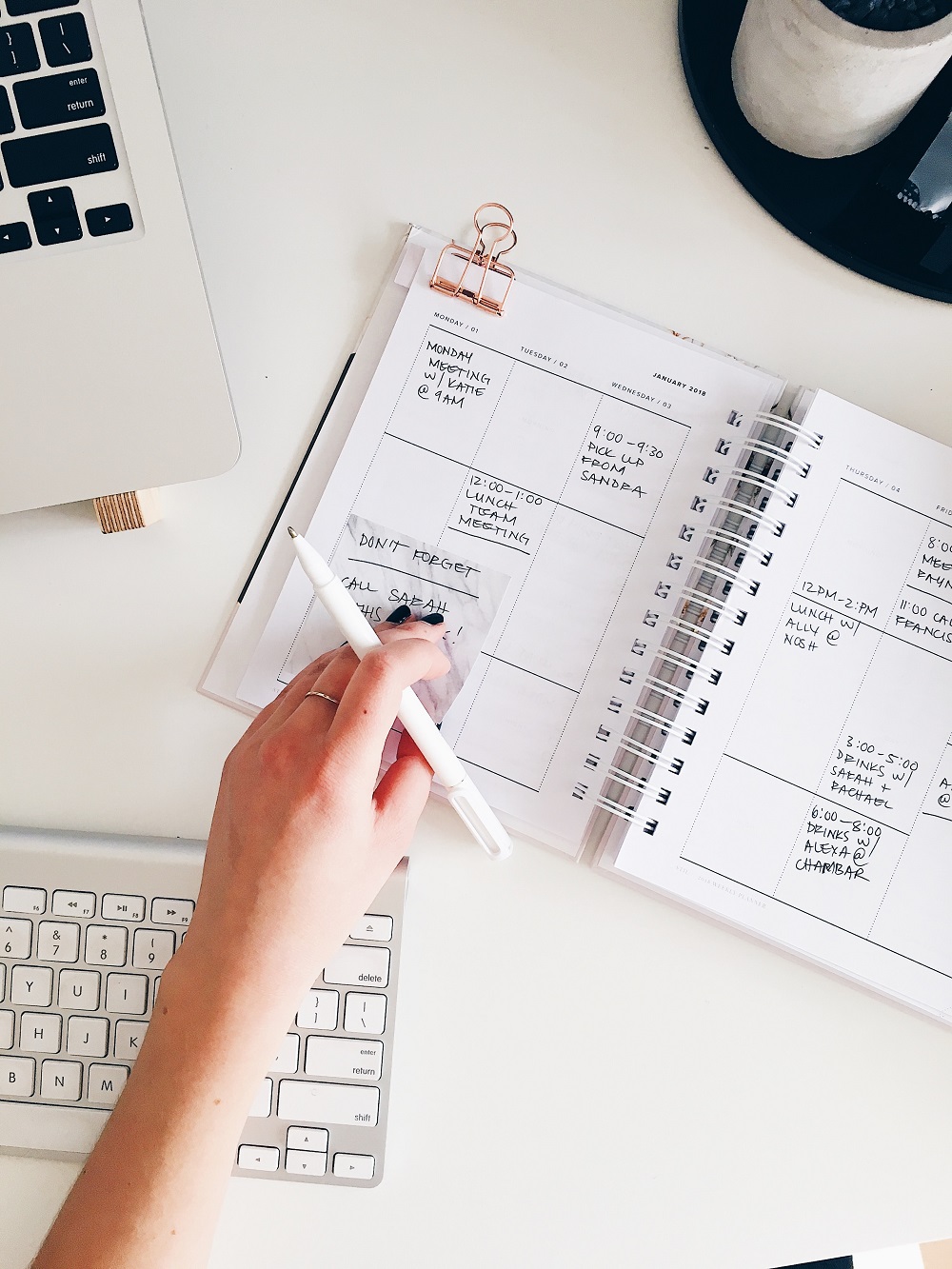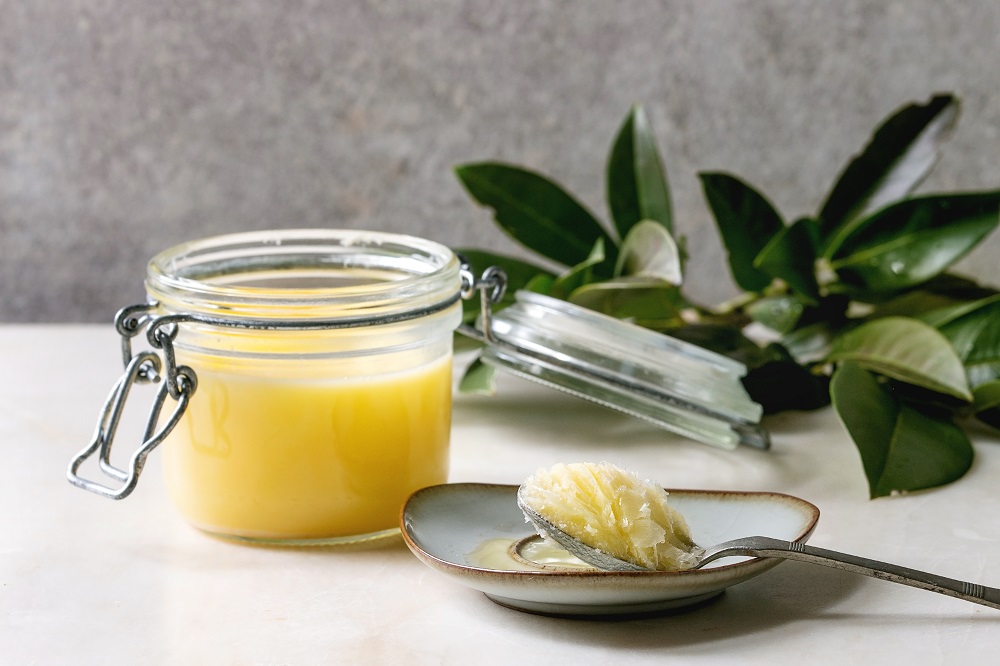Haemoglobin
What do my lab values mean? Part 3
It is often difficult to understand which lab values mean what. We give you an overview in the series "What do my lab values mean?".
Haemoglobin
Haemoglobin is the blood pigment in red blood cells. The blood gets its red colour from this iron-containing protein complex. Oxygen is transported in the blood in this molecule. In the lungs, the blood is enriched with oxygen, giving the haemoglobin a bright red colour. Via the heart, the red blood cells (erythrocytes) are pumped throughout the body and the haemoglobin releases oxygen wherever it is needed in the tissues. The oxygen-depleted haemoglobin that is pumped back to the lungs from the periphery of the body is dark (bluish) red. The body can only transport sufficient oxygen to all tissues if the haemoglobin content of the blood is sufficiently high. When the haemoglobin content in the blood is reduced, you notice it not only in the pale skin colour that then appears, but also in the pronounced tiredness that occurs in people with too low a haemoglobin content.
What is an ideal haemoglobin level?
The normal haemoglobin level is slightly higher in men (17.5 g/dl) and 12-16 g/dl in women. This value is measured in every blood count. If the value is too high, there is usually also an increased number of red blood cells and this is called polyglobulia. Regular bloodletting can help people with polyglobulia.
Anaemia
A reduced haemoglobin level is the sign of "anaemia". The causes are complex. Besides blood loss due to increased menstrual bleeding or injury, a deficiency of red blood cells can also be the reason for anaemia. In any case, it is important to stimulate the formation of new haemoglobin and red blood cells. A healthy digestive system that assimilates sufficient vital substances is important for this. Essential vital substances for the formation of haemoglobin are iron and protein. Indispensable co-factors needed for blood formation are vitamins, such as vitamin B12 and folic acid, vitamin C and other vital substances. An improvement in the formation of haemoglobin is also achieved through regular exercise. In our practice, the haemoglobin level is measured every time blood is taken, as it is of central importance for health.
For the therapy of anaemia we offer a targeted administration of vital substances that are necessary for the formation of haemoglobin. These include above all iron, vitamins of the B-complex and vitamin C, also administered as infusions. Iron preparations administered in conventional medicine are often poorly tolerated and lead to irritations in the gastrointestinal tract. Here we offer our patients some alternatives, such as the Ayurvedic iron Rasayana, plant-bound iron such as SmartFerrin from Biogena and the liquid iron energetic from Dr. Töth, all of which are much better tolerated. The Maharishi Ayurveda Iron Rasayana MA600 is outstanding. In this preparation, iron is bound to a plant complex through elaborate processing for almost a year. Iron is boiled in a plant decoction over a hundred times, dried and then finely ground before this active complex is pressed into a tablet. This makes it possible to achieve a high effect with a relatively small dose of iron.
Summary
Haemoglobin is the iron-containing protein in red blood cells that carries oxygen. A low haemoglobin level is called anaemia. The leading symptom of anaemia is fatigue. The treatment of anaemia is complex and cannot be dismissed with a simple administration of an iron supplement. In our practice we strive for a complete clarification of haemoglobin deficiency (anaemia) and for a holistic therapy of anaemia.



We look forward to your feedback!